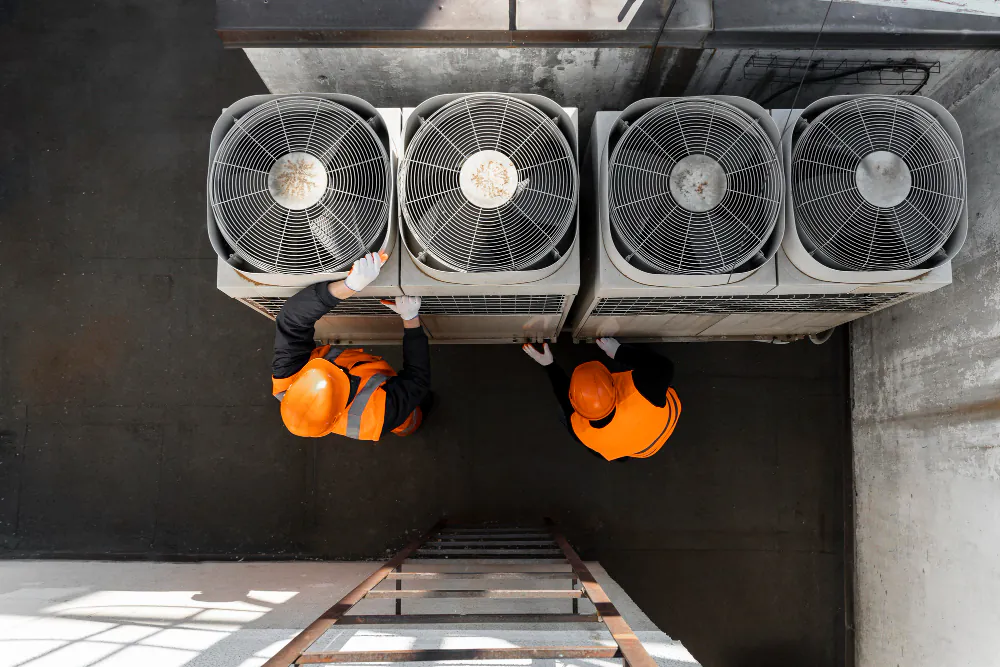When it comes to allergy relief, many homeowners turn to medications and air purifiers. However, an often-overlooked factor in managing indoor allergies is your home’s HVAC system. A properly maintained heating, ventilation, and air conditioning system plays a crucial role in controlling allergens and improving indoor air quality.
In this blog, we’ll explore how HVAC systems affect allergy symptoms and what steps you can take to optimize your system for a healthier, allergy-free home.
How HVAC Systems Impact Indoor Allergens
Your HVAC system does more than just keep your home comfortable. It continuously circulates air throughout your living space—meaning it also has the potential to spread or filter out airborne allergens such as:
-
Dust mites
-
Pollen
-
Pet dander
-
Mold spores
-
Bacteria and viruses
If not properly maintained, your HVAC system can harbor and distribute these allergens, triggering symptoms like sneezing, coughing, itchy eyes, and respiratory issues—especially for those with asthma or seasonal allergies.
5 Ways to Optimize Your HVAC System for Allergy Relief
1. Change Air Filters Regularly
One of the simplest and most effective ways to reduce allergens is by replacing your HVAC air filters every 1–3 months. Opt for high-efficiency filters with a high MERV (Minimum Efficiency Reporting Value) rating to capture even the smallest particles.
2. Schedule Routine HVAC Maintenance
Regular maintenance ensures that all components are clean and functioning properly. A professional technician can inspect ductwork, clean coils, and remove dust or mold buildup that could exacerbate allergies.
3. Upgrade to a Whole-House Air Purifier
Consider integrating a whole-home air purification system with your HVAC unit. These systems go beyond standard filtration to capture microscopic allergens, neutralize airborne pathogens, and improve air quality throughout your home.
4. Keep Ductwork Clean and Sealed
Dirty or leaky ductwork can be a major source of indoor air pollution. Have your ducts professionally cleaned every few years and ensure they are sealed to prevent the spread of dust and allergens.
5. Manage Humidity Levels
Maintaining indoor humidity between 30–50% can help prevent mold growth and dust mite infestations. Use a dehumidifier in humid climates or seasons, and consider adding a humidifier if your indoor air is too dry in the winter.
Bonus Tip: Keep the Area Around Vents Clean
Regularly dust and vacuum the areas around your air vents to prevent the accumulation and redistribution of allergens into your air.
Final Thoughts
An efficient HVAC system does more than just maintain temperature—it’s your first line of defense against airborne allergens. By taking proactive steps to maintain and upgrade your system, you can drastically improve the air quality in your home and reduce allergy symptoms for you and your family.
Need help optimizing your HVAC system for a healthier home? Contact KAC Express today to schedule a professional HVAC inspection or maintenance service.



0 Comments